The Four Pillars of SEO
3rd Feb 2022

Search Engine Optimisation (SEO) is the process of improving your website with the hopes of being more visible on search engines. Higher the visibility, higher the website traffic. The most accepted method of setting the foundation for your SEO efforts is utilising The Four Pillars of SEO. Employing them allows you to simplify the process of optimising websites for good old Google. In other words, it’s a top-notch checklist for what your website is supposed to appear as and should increase your rankings and web traffic if done correctly.
What are the 4 pillars of SEO?
So, the question that brought all of us together here – What are those ‘mysterious’ pillars of SEO?
Next step? Follow along to understand what they mean and how can you fit them in your strategy, so you can start working towards your dream search engine rankings!
1. Technical SEO
The first of the four pillars – Technical SEO. It encompasses the back-end of the website more than anything. It’s what talks with the search engine crawlers (robots) and makes it easier for people to use the website.
Crawling, Indexing & Ranking
In the nutshell, this is how Search Engines work. The process of them finding and sorting out all the information available. If this part isn’t done correctly, none of the other steps matter. Simply put, what Google can’t see – Google can’t show to other people.
So, how do Google’s and Bing’s of search engine world work:
- Firstly, search engines Crawl through the internet looking over content and code for every URL they can find.
- The next step is Indexing, which sorts through all the information found to start storing and organising it. After your web page is indexed that’s when it starts appearing on SERPs.
- Last but not least, it’s Ranking. This is search engine’s way of saying what’s the most relevant answer to what you’re ‘Googling’ for. This is what determines whether website appear as 1st or 5341st on search query pages (keep in mind that Google Search Console can be a useful tool to improve your website’s SEO ranking).
Mobile Friendliness
Mobile friendliness is something no one can ignore. Especially since Google, the largest search engine in the world, is using Mobile-first indexing. It means that Google uses the mobile version of the website to index and rank it (the very ‘important’ part).
One thing that majorly helps is having responsive website design, this makes sure that the website appears the way it should, no matter if you’re on a tablet, desktop, or phone.
Website Speed & Technology behind it
A lot of people tend to overlook website’s speed, without realising that nearly 70% of consumers admit that page speed impacts their willingness to buy and that conversion rates drop 4.42% with each additional second of loading time (between 0-5 seconds). To put it into perspective, if your web page loading speed is 0s, on average it will have around a 32% conversion rate. While if the web page loads in 4s, it will only have around a 13% conversion rate.
In other words, the faster the website – the higher the conversion rate. Especially if someone stumbles onto your website through search engine results, if it doesn’t load instantly most people just go back and select the next result in line.
So, how do you make your website load faster? You need to use SEO-friendly content management systems and quality hosting services. Besides that, improving your website speed is mainly up to how the website is developed and designed.
Technical SEO is always tricky since you need strong collaboration between website developers, designers, and Technical SEO specialists. Although, it’s a perfect opportunity to hire an agency (Psst! We’ve heard think3 is pretty good at this).
2. Content
Without exaggerating – content is everything. If there’s no content how are people supposed to learn about your product/service? Let it do the ‘convincing’ for you!
Creating content and distributing it goes hand in hand. SEO can be just another word for distribution! Content is the essence of marketing. The ‘something’ that provides users and search engines specific information about your business. The what’s, the how’s and everything in between.
Producing quality content allows you to educate your consumers. Think about it this way: producing content is like shouting from the rooftops – no guarantee anyone will hear it; but by employing SEO, and other distribution methods, your content reaches the people who would actually stop and listen to what you’re screaming about.
At the end of the day, the main things you should keep in mind while creating content is quality, keywords, and relevancy.
Quality
Always try to produce the highest quality content you can. The best performing content is something unique, that you can’t find on other websites, and valuable, remember at the end of the day content should provide some level of value. Whether it’s educational or entertaining, it doesn’t really matter, as long as your content is consumer-facing and they gain value from viewing it!
Keywords
This is THE foundation of optimising your content for search engines. First of all, you need to learn how to do keyword research, it’s the process of figuring out which words match search queries you want to get under. Once you figure out which keywords match the topic you’re speaking about, it will boost your online visibility. In essence, it helps the right people find the right content.
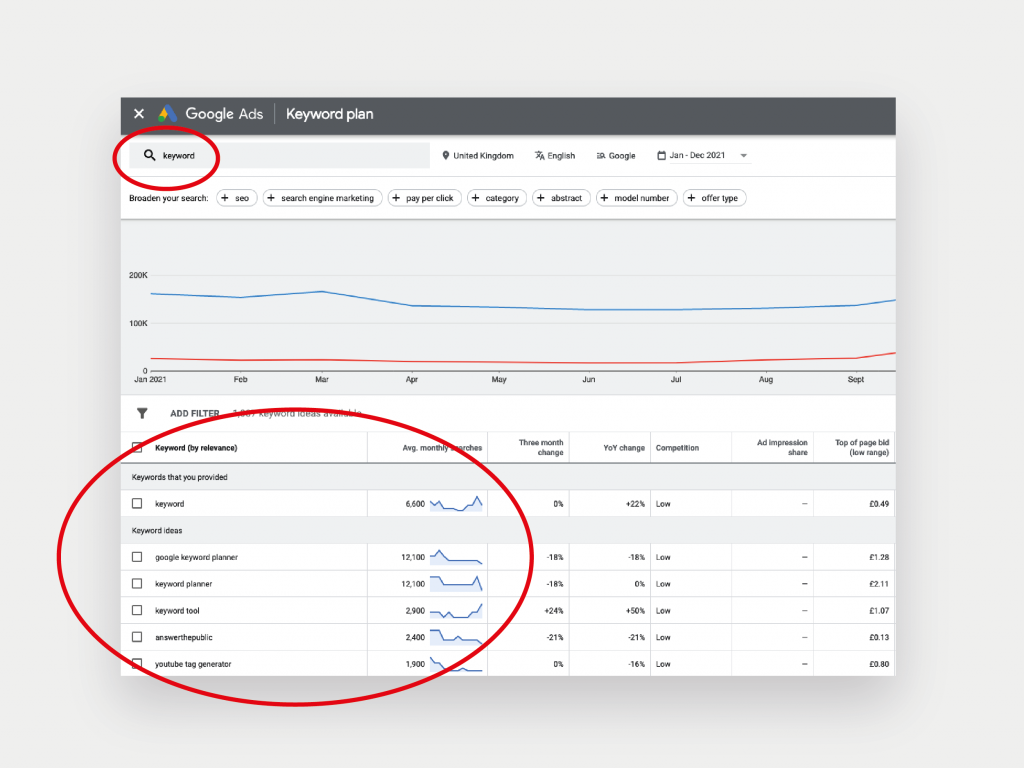
Relevancy
Search Engines like to look at this mysterious thing called ‘intent’. This is the meaning behind your keywords. If you play your hand right, making relevant content that correlates with user search intent, will end with your search engine ranking increasing. Simply put, the most relevant content gets the most clicks on chosen keywords.
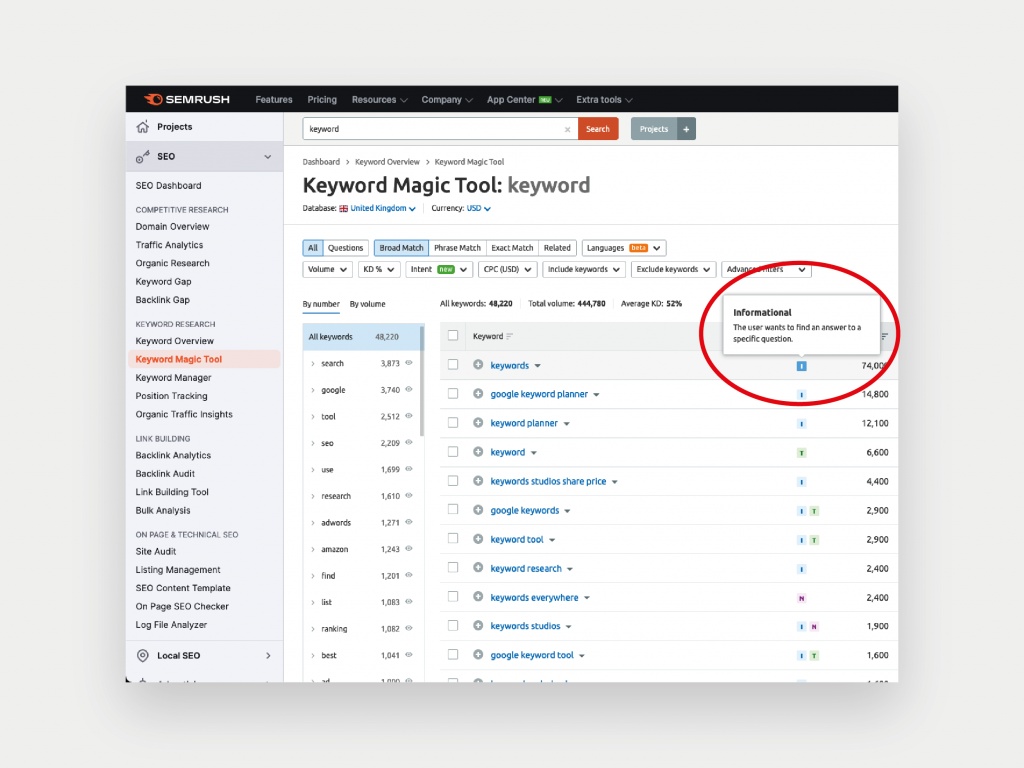
3. On-Site SEO
On-Site SEO or otherwise known as On-Page SEO is one of the four pillars of SEO. It refers to SEO optimisations that occurs on a website (the stuff that’s visible while browsing). This mainly ensures that the website is easy to navigate for users, if done correctly it sends signals to search engines, which in turn leads to better ranking.
The main areas that entice On-Page SEO are keyword research, URLs, page titles, meta descriptions, content optimisation, and user experience (UX).
Note: if your business is local, in turn focusing on Local SEO should become the priority.
Keyword Research
Figuring out and pinpointing the correct words/phrases that your ideal customers use for searching online is key for any successful SEO efforts. Think about it this way, if someone is looking for a marketing agency, you don’t want to be using keywords related to solicitors.
Luckily this process is made easier by SEO tools. Some of our favourites:
All of these can be used for keyword research. Although, the main benefit of putting different tools to use is to confirm data (bigger the sample size, more accurate conclusions).
URLs
URLs tend to be useful for navigating websites. If you see an URL with ‘/blog’ in it, you’re going to know what to expect. What’s important to keep in mind is that URLs are important for users, but also for search engines. So, writing optimised URLs means writing them for users and search engines at the same time.
Most of the time URLs will include relevant keywords explaining the topic of that page.
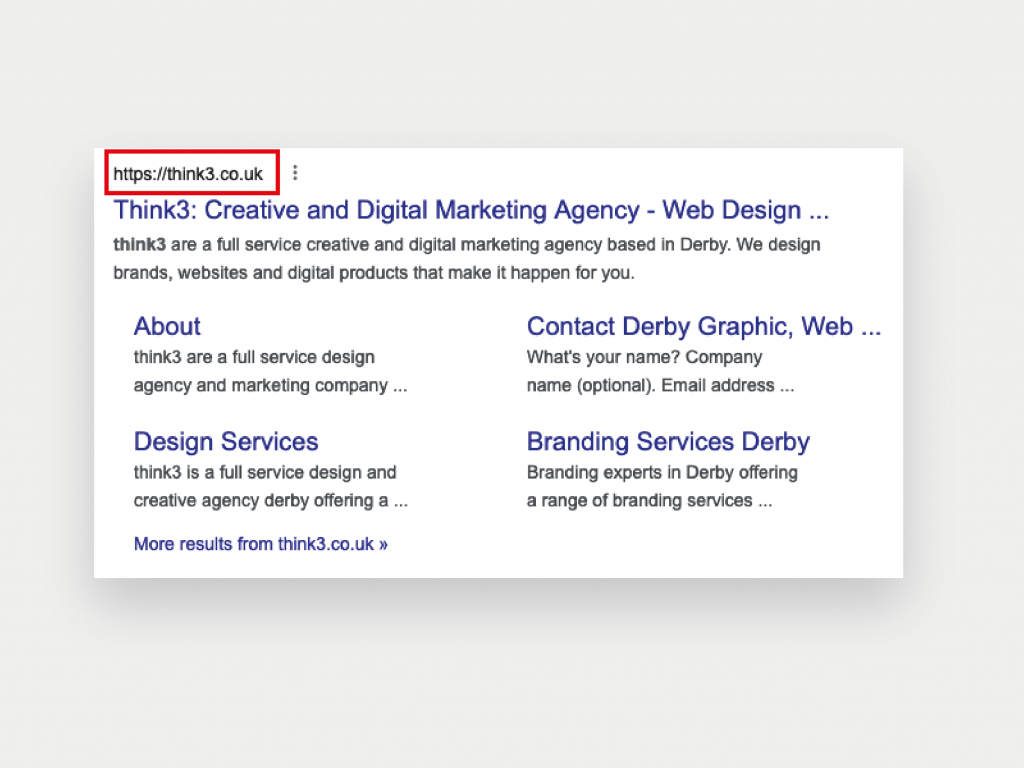
Page Titles
Titles are the first thing anyone sees. It’s the storefront for your web pages. It should be attention-grabbing and SEO friendly at the same time. The best practice is to keep the titles under 60 characters long (anything longer gets cut off on search engine results). Lastly, don’t forget to include your target keywords/phrases to show what that page is talking about.
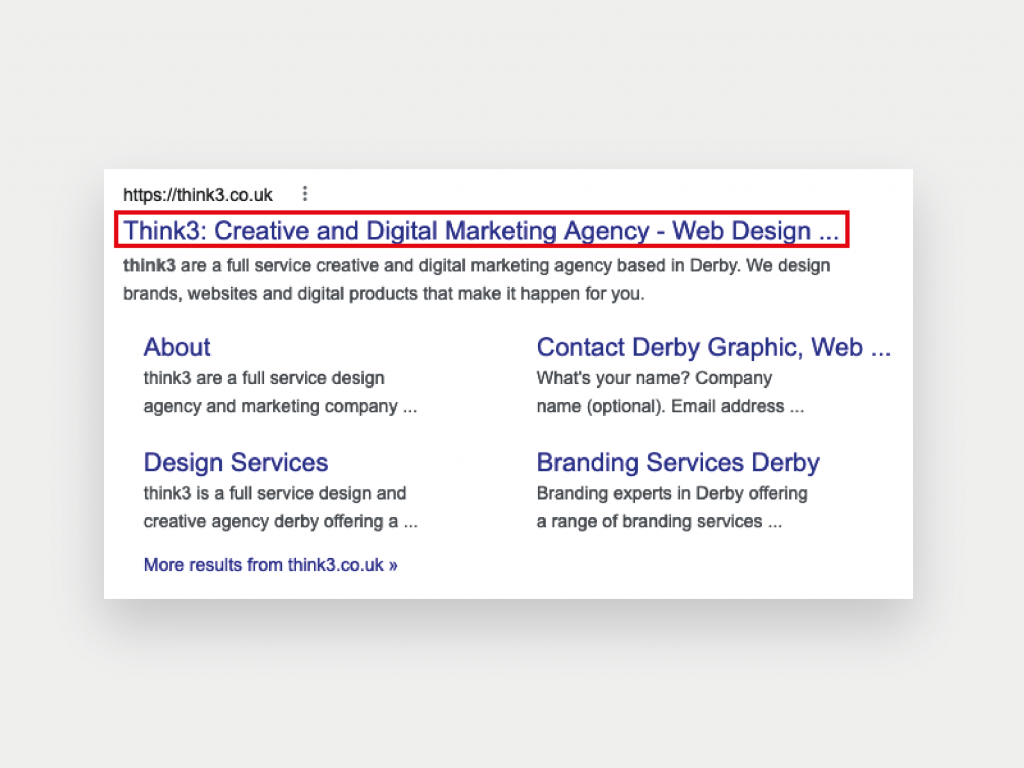
Meta Descriptions
Meta descriptions are those tiny bits of text under the search result titles. They don’t hold a very significant role for SEO but are quite important for users. Aim it towards people and make sure to keep it under 160 characters long, otherwise, it will get cut off on SERPs.
In the nutshell, titles are what grab the attention, the meta description is what gives a user that extra context to make them click on the link. Be direct, informative and include keywords (since google highlights the keywords, in meta descriptions, that user searches for)
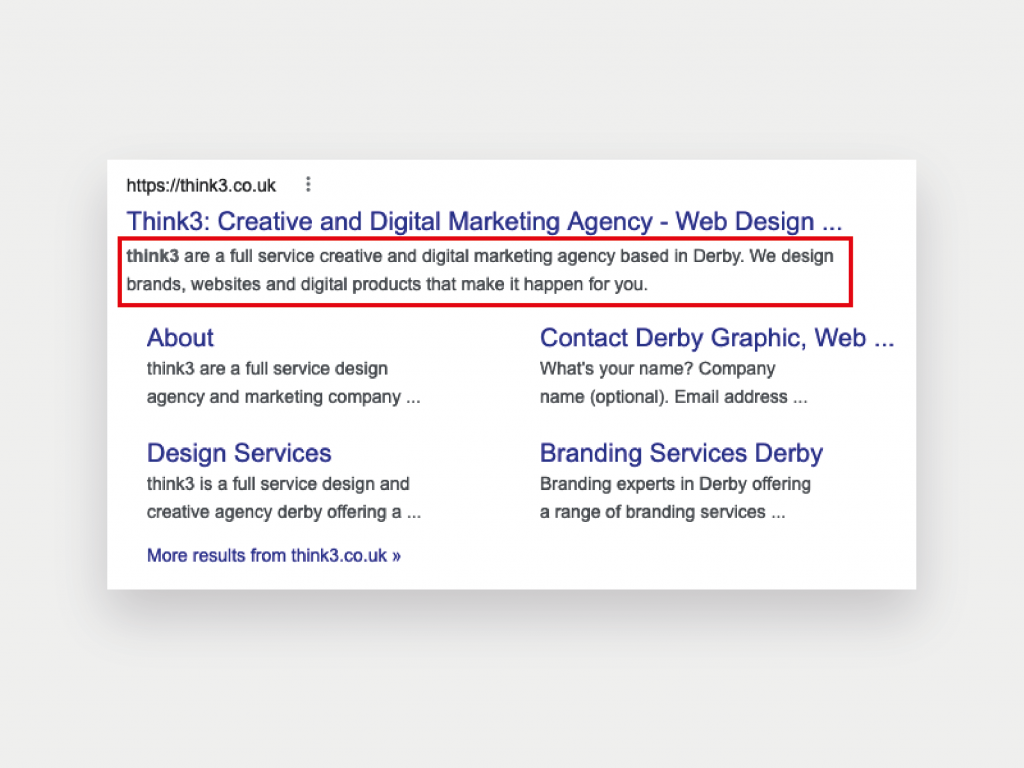
Content Optimisation
In nutshell, content optimisation helps you reach the most relevant people for you. Either gaining quality leads or improving your SEO ranking – depends on your goals.
How to optimise your content?
- Discover the correct keywords and topics. This is where you need to understand search intent and figure out what search terms your target audience is looking for.
- Utilise semantic keywords – words that are closely related to your main keyword, they usually fall under the same topic.
- DON’T use too many keywords, search engines do not like that.
- Include images and visuals, good for SEO and increases reader engagement.
- Remember to use links! Internal links improve your website’s SEO score, while external links can grow your authority.
There’s a lot more to this topic, which is nicely covered by SEMrush.
User Experience (UX)
If your website is easy to use and navigate, it will increase your SEO score. That’s pretty much it. Of course, it isn’t easy to accomplish and usually requires a lot of data and trying various design/development options, but in essence, easier to use = better results.
4. Off-Site SEO
Lastly, we’ve reached the fourth and final pillar of the four pillars of SEO. Off-Site SEO. At the end of the line, this is mainly about building high-quality backlinks and in turn raising the website’s authority. Although, this is considered by many professionals as the hardest part of SEO.
The main takeaway from this is getting your link strategy down correctly. Adding links just to add them, won’t be too effective. You need quality over quantity.
The best way to look at it is that you’re linking something that needs to be linked. As in producing content and interlinking it with something that adds additional value or deserves links from other sources.
Page Authority and No Follow/Follow Links are some of the core things you need to keep in mind while working on Off-Site SEO.
Domain Score/Page Authority
Domain Sore or Page Authority is known as a metric to show where a specific web page will rank on the search engine results page. You may find some other variations of this metric e.g., Authority Score on SEMrush.
Results can vary a bit depending on the tool and the specifics of how this metric is calculated. But in the nutshell, all of them talk about the same metric.
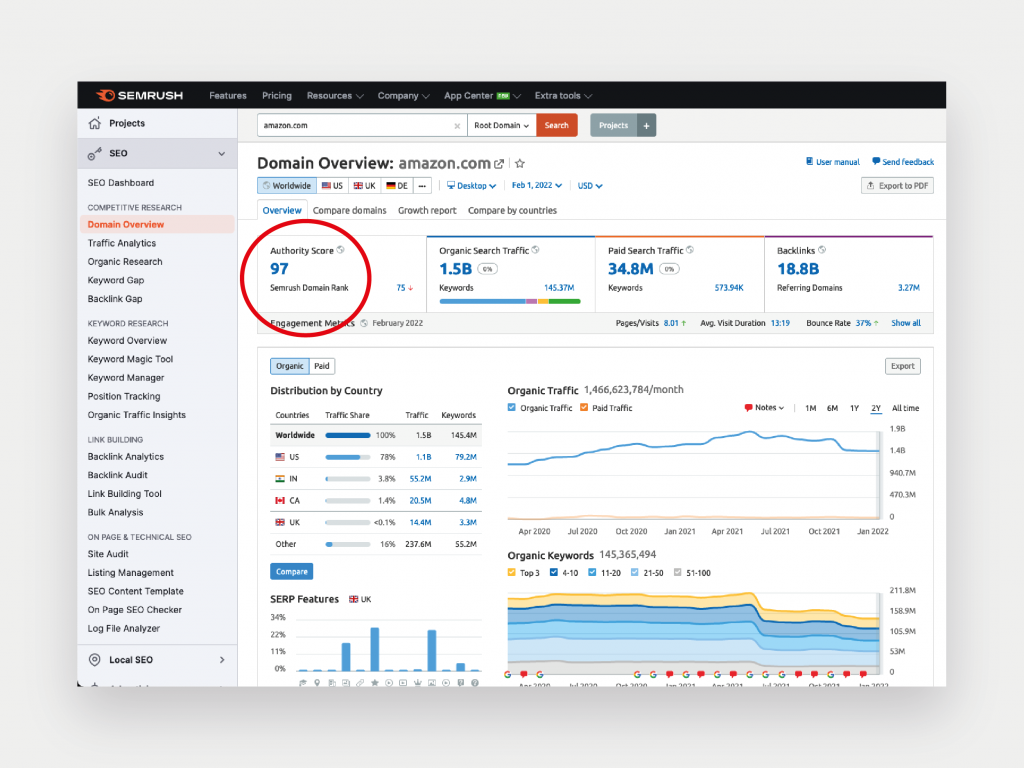
No-Follow vs Follow Links
Taking it back to the basics, follow link is a backlink. When any other website links your site, it’s considered a backlink and it directly affects your SEO ranking. Higher credibility of the site – better for you. Although, getting links from low authority websites can have a negative effect.
On the other hand, No-Follow links are any links that contain ‘nofollow’ tag in the URL. This tag speaks to the search engine and says to not crawl that link. In other words, it’s you saying ‘I don’t acknowledge this’. No-follow links are mainly used to protect the website’s authority score and in other cases – prevent spamming.
Summary
To wrap up the four pillars of SEO, you should keep in mind that the running joke of SEO is ‘it depends’. This is not an answer most people are looking for, but that’s the reality of SEO. It’s a deep and complex subject that takes a while to get down correctly.
Another thing to remember is that SEO usually takes quite a while to see results (don’t be scared if it takes 6-12 months). It’s quite important to adjust your strategy time by time again, maybe keywords people are searching for have changed, or a new search term appears, either way, it’s very important to keep up to date.
Lastly, take the SEO pillars as a guideline for your SEO strategy, they outline almost everything you should be aware of within the SEO minefields.



